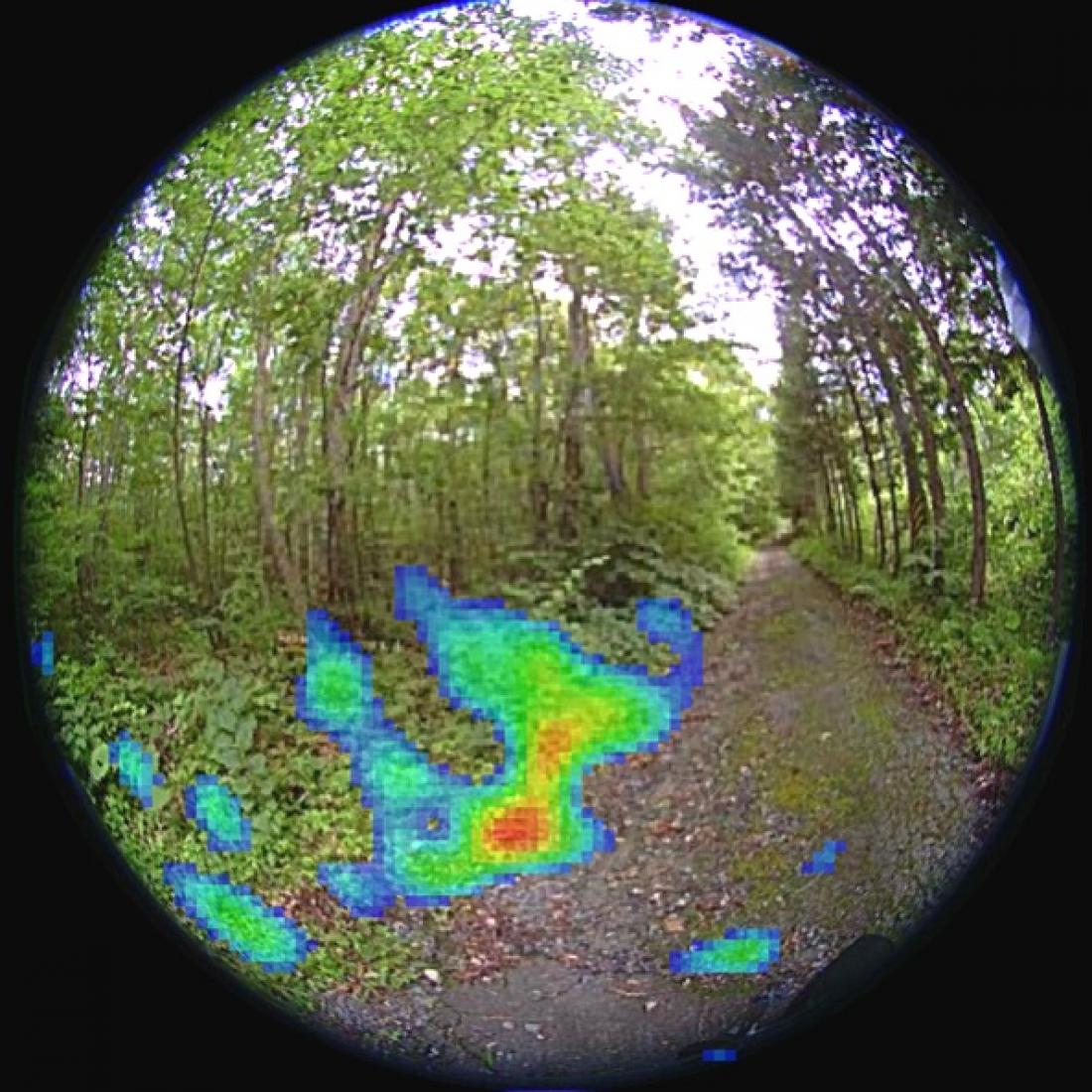The new Compton camera incorporates high-accuracy, three-dimensional, gamma ray position measurement technology developed at Waseda University.
Based on a high-sensitivity mobile gamma ray camera released by Hamamatsu Photonics in 2013, the new Compton camera incorporates high-accuracy, three-dimensional, gamma ray position measurement technology developed at Waseda University. Led by Professor Jun Kataoka, the Waseda team improved the original camera’s resolution by about two times and enhanced its sensitivity by approximately 70%.
The new technology enables the smooth and accurate visualisation of gamma rays, which are invisible to the human eye, and could be used to help with the removal of radioactive substances from the Fukushima Daiichi nuclear accident.
The Waseda team is now working to make the detector even lighter and smaller: only 500 grams or less in weight and about 10 cubic centimetres in size. Professor Kataoka plans to use the detector to advance
research on bio-function dynamics imaging and proton therapy.
For further information contact:
Professor Jun Kataoka
Research Institute for Science and Engineering
Waseda University, Japan
E-mail: [email protected]
*This article also appears in Asia Research News 2015 (p.10).



